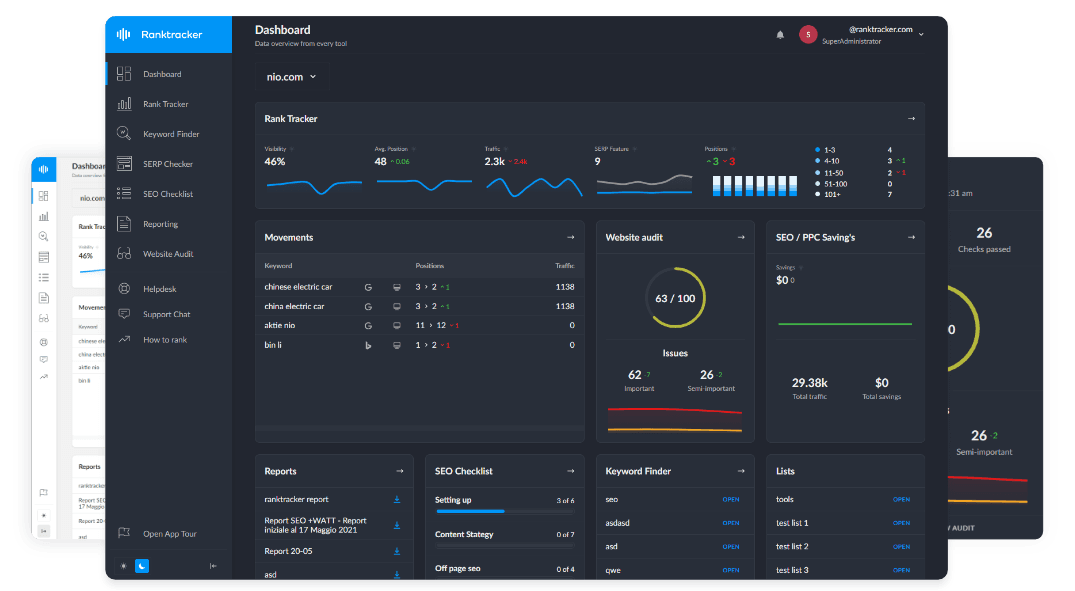Intro
Meronyms are words that denote a part or member of something larger, clarifying the structure and detailed components of content. In SEO, meronyms help search engines interpret and rank content based on accurate semantic relationships, context, and comprehensive topic coverage.
Why Meronyms Matter for SEO:
- Enhance content clarity by clearly defining parts of broader topics.
- Improve Google’s semantic interpretation and content indexing.
- Increase visibility and precision in SERPs by providing detailed context.
How Search Engines Use Meronyms
1. Detailed Semantic Understanding
- Meronyms help Google identify detailed and specific content context.
- Example:
- A page about "Car engines" would benefit from clearly listing meronyms such as "pistons," "cylinders," and "spark plugs."
2. Accurate Query Matching
- Meronyms ensure accurate results by matching queries to highly relevant content.
- Example:
- Query "parts of a computer" triggers results detailing meronyms like CPU, motherboard, RAM, and GPU.
3. Improving Content Structure & Clarity
- Clear meronymic relationships enhance structured content readability and interpretation.
- Example:
- An article titled "Human Anatomy" ranks well if clearly structured into sections like "Heart," "Lungs," and "Kidneys."
4. Supporting Featured Snippets & Rich Results
- Meronyms clarify content sections, increasing chances of ranking in featured snippets.
- Example:
- "Car components" section clearly defining meronyms like engine, transmission, and brakes.
How to Optimize for Meronyms in SEO
✅ 1. Clearly Define and Use Meronyms
- Explicitly identify and explain detailed sub-components of broader topics.
- Example:
- For "SEO techniques," list meronyms clearly such as keyword research, link-building, and content optimization.
✅ 2. Create Detailed Content Clusters
- Build comprehensive topic clusters clearly indicating meronymic relationships.
- Example:
- Pillar page on "SEO strategy" linking to detailed meronym-based articles like "on-page SEO techniques," "technical SEO methods," and "off-page SEO practices."
✅ 3. Leverage Structured Data
- Use Schema Markup to clarify meronymic relationships and enhance content interpretation.
- Example:
- Product schema clearly marking components of a product such as smartphone specs (screen, battery, camera).
✅ 4. Optimize for Informational Intent
- Ensure content precisely answers queries seeking detailed sub-component information.
- Example:
- An article on "smartphone parts" should explicitly detail meronyms like "screen," "processor," and "camera module."
✅ 4. Enhance Internal Linking
- Clearly link related content to reinforce meronymic structure and semantic relevance.
- Example:
- A "Website SEO Guide" page linking internally to detailed sub-articles on site structure, meta tags, and link building.
Tools to Optimize for Meronyms
- Google NLP API – Analyze detailed semantic relationships.
- Ranktracker’s SERP Checker – Track performance of meronym-rich content.
- Ahrefs & SEMrush – Identify keyword opportunities related to meronyms.
Conclusion: Leveraging Meronyms for SEO Success
Effectively using meronyms significantly improves content precision, semantic clarity, and overall search visibility. By clearly defining part-whole relationships and structuring content accordingly, websites can enhance rankings, increase user engagement, and maintain authority in their topical niche.

